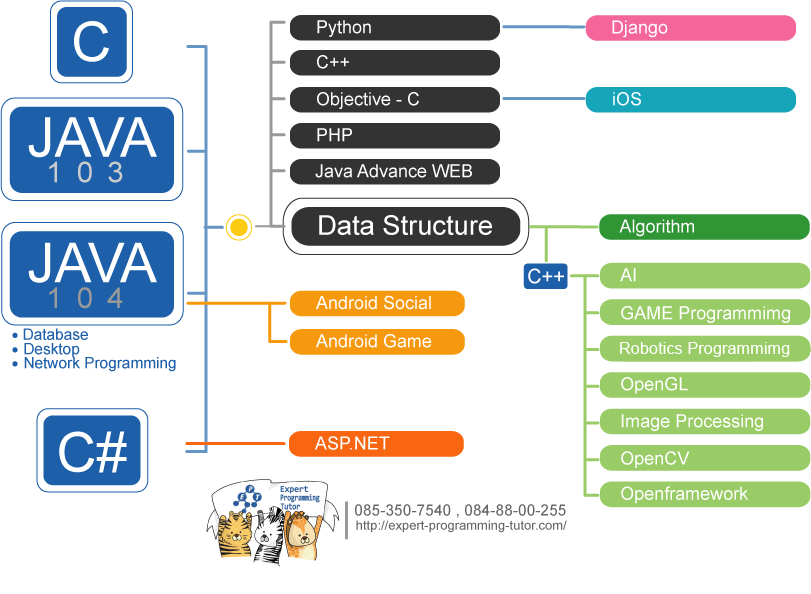## ฐานข้อมูลแบบ NoSQL - การสำรองและกู้คืนข้อมูลใน MongoDB
ในยุคดิจิทัลที่ข้อมูลจำนวนมหาศาลถูกสร้างขึ้นทุกวัน การจัดการข้อมูลที่มีประสิทธิภาพและปลอดภัยจึงกลายเป็นหัวใจหลักของระบบคอมพิวเตอร์สมัยใหม่ ฐานข้อมูลแบบ NoSQL เช่น MongoDB เป็นตัวเลือกที่ได้รับความนิยมมากในการจัดการข้อมูลที่มีโครงสร้างหลากหลาย ด้วยความที่ MongoDB มีลักษณะเป็น document-based database ทำให้สามารถจัดการข้อมูลแบบ JSON ได้อย่างยืดหยุ่น
บทความนี้จะกล่าวถึงการสำรอง (Backup) และการกู้คืนข้อมูล (Restore) ใน MongoDB ซึ่งเป็นเรื่องสำคัญสำหรับการปกป้องข้อมูลในระบบ
การสำรองข้อมูลคือกระบวนการสร้างสำเนาของข้อมูลเพื่อใช้ในกรณีที่ข้อมูลต้นฉบับเสียหาย การสำรองข้อมูลใน MongoDB สามารถทำได้หลายวิธี เช่น ใช้ `mongodump`, `mongoexport`, หรือการทำ Snapshot บนระบบจัดเก็บข้อมูล
การใช้ Mongodump
`mongodump` เป็นเครื่องมือที่สร้างโดย MongoDB สำหรับการสำรองข้อมูล โดยจะสร้างสำเนาข้อมูลในรูปแบบ BSON ซึ่งเป็นรูปแบบที่ใช้มากกว่าการใช้ JSON ปกติ เพราะสามารถเก็บข้อมูลที่มีความซับซ้อนสูงได้
การใช้ `mongodump` สามารถทำได้ตามคำสั่งต่อไปนี้:
mongodump --uri="mongodb://localhost:27017/mydatabase"
คำสั่งข้างต้นจะทำการสำรองข้อมูลจากฐานข้อมูลชื่อ `mydatabase` ซึ่งอยู่ในเซิร์ฟเวอร์ที่รันอยู่ที่ `localhost` พอร์ต `27017`
การกู้คืนข้อมูลเป็นกระบวนการนำข้อมูลที่สำรองไว้นำกลับมาเพื่อใช้งาน ใน MongoDB สามารถใช้ `mongorestore` สำหรับการกู้คืนข้อมูลจากสำเนาที่สร้างด้วย `mongodump`
การใช้ Mongorestore
การกู้คืนข้อมูลสามารถทำได้ง่ายๆ ด้วยคำสั่ง `mongorestore` ดังนี้:
mongorestore --uri="mongodb://localhost:27017/mydatabase" /path/to/backup
คำสั่งนี้จะทำการกู้คืนข้อมูลในเส้นทาง `/path/to/backup` กลับเข้าสู่ฐานข้อมูล `mydatabase` บนเซิร์ฟเวอร์ `localhost`
การสำรองและกู้คืนข้อมูลมีหลายกรณีที่เป็นประโยชน์ ตัวอย่างเช่น ถ้าการพัฒนาแอปพลิเคชันอยู่ในขั้นตอนทดสอบ การสำรองข้อมูลเป็นประจำจะช่วยป้องกันการสูญเสียข้อมูลหากเกิดความผิดพลาด นอกจากนี้ ยังสามารถใช้ข้อมูลสำรองในการตั้งค่าโปรแกรมบนเซิร์ฟเวอร์ต่างๆ ได้โดยที่ไม่ต้องสร้างข้อมูลใหม่จากต้น
การทำสำรองและกู้คืนข้อมูลเป็นส่วนหนึ่งของการจัดการข้อมูลที่มีประสิทธิภาพ นักพัฒนาควรตั้งค่า automate script สำหรับการสำรองข้อมูลเป็นระยะ เพื่อให้มั่นใจว่าเมื่อมีเหตุเกิดขึ้นจะสามารถกู้ข้อมูลได้อย่างมีประสิทธิภาพ ถ้าคุณกำลังมองหาที่เรียนรู้เกี่ยวกับระบบฐานข้อมูลเพิ่มเติม หลักสูตรที่ EPT สามารถให้ความเข้าใจที่ลึกซึ้งแก่คุณได้
การสำรองและกู้คืนข้อมูลใน MongoDB เป็นขั้นตอนที่สำคัญในการจัดการความปลอดภัยของข้อมูล การควบคุม และการทำให้ระบบยังคงสามารถทำงานได้ไม่ว่าเหตุการณ์ใดจะเกิดขึ้น การเข้าใจและปฏิบัติขั้นตอนเหล่านี้จะช่วยลดความเสี่ยงในการสูญเสียข้อมูล และทำให้ระบบของคุณมีความน่าเชื่อถือมากยิ่งขึ้น การศึกษาหาความรู้เพิ่มเติมเกี่ยวกับ NoSQL และ MongoDB สามารถเพิ่มความสามารถและโอกาสในสายงานดิจิทัลในยุคที่ข้อมูลมีผลต่อทุกธุรกิจอย่างแท้จริง
หมายเหตุ: ข้อมูลในบทความนี้อาจจะผิด โปรดตรวจสอบความถูกต้องของบทความอีกครั้งหนึ่ง บทความนี้ไม่สามารถนำไปใช้อ้างอิงใด ๆ ได้ ทาง EPT ไม่ขอยืนยันความถูกต้อง และไม่ขอรับผิดชอบต่อความเสียหายใดที่เกิดจากบทความชุดนี้ทั้งทางทรัพย์สิน ร่างกาย หรือจิตใจของผู้อ่านและผู้เกี่ยวข้อง
หากเจอข้อผิดพลาด หรือต้องการพูดคุย ติดต่อได้ที่ https://m.me/expert.Programming.Tutor/
Tag ที่น่าสนใจ: java c# vb.net python c c++ machine_learning web database oop cloud aws ios android
หากมีข้อผิดพลาด/ต้องการพูดคุยเพิ่มเติมเกี่ยวกับบทความนี้ กรุณาแจ้งที่ http://m.me/Expert.Programming.Tutor
085-350-7540 (DTAC)
084-88-00-255 (AIS)
026-111-618
หรือทาง EMAIL: NTPRINTF@GMAIL.COM
